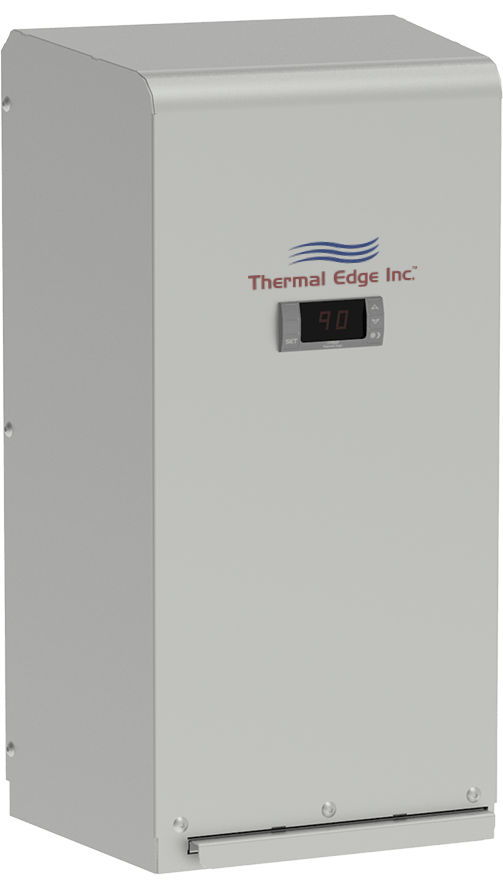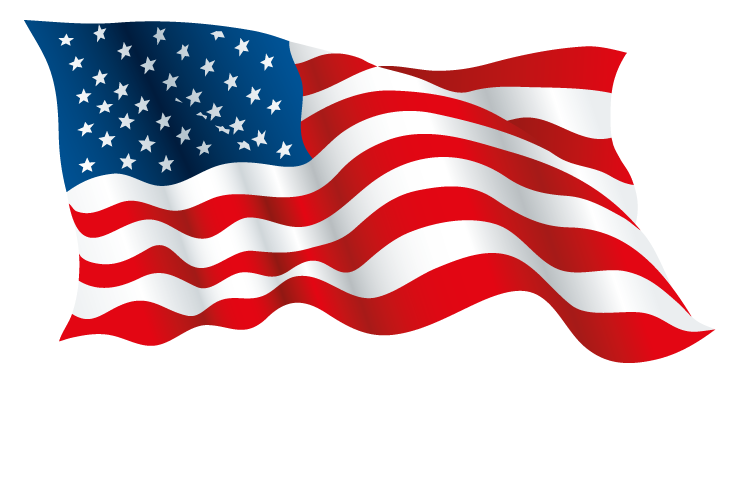ELECTRICAL ENCLOSURE COOLING SOLUTIONS
Thermal Edge manufactures temperature control solutions designed to solve the enclosure cooling system challenges that your industrial application poses for your electrical control panels. All products are designed and tested to meet your strict requirements for quality and durability. Temperature control products include: Air Conditioners, Air to Water Heat Exchangers, Air to Air Heat Exchangers, and Filtered Fan Packages. All products are equipped with time and energy saving features including the Condensate Evaporation Design that is standard on every air conditioner.
Learn more about Electrical Enclosure Cooling Solutions and why they are necessary.
Click Here

